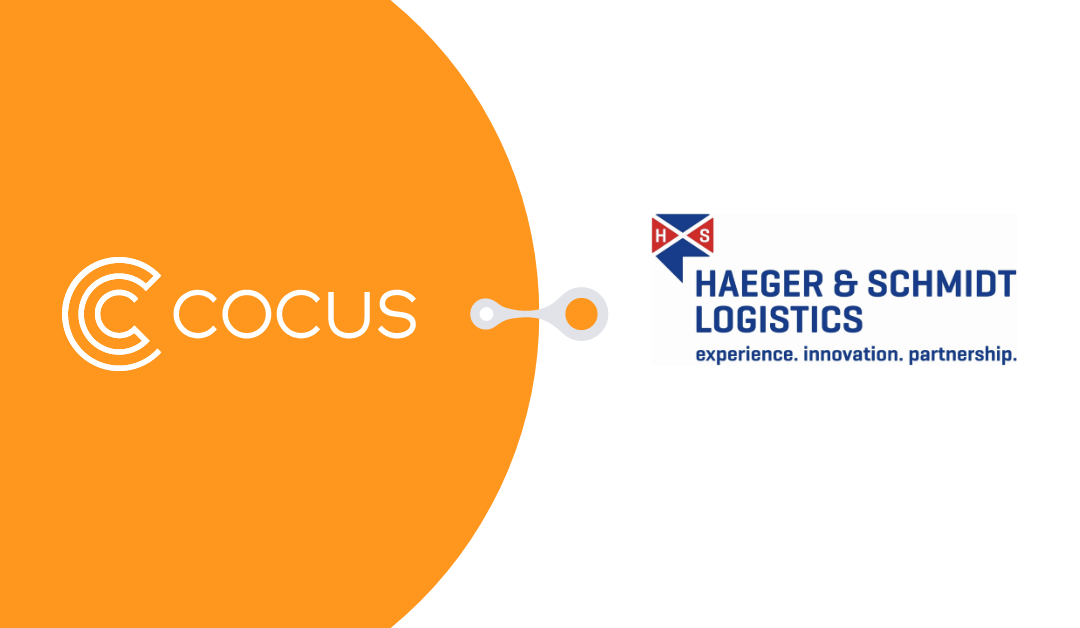In a joint project, Haeger & Schmidt Logistics and COCUS as a digitization partner are implementing the automation of manual utilization planning and train assignment by developing an intelligent algorithm to determine the optimal utilization.
Haeger & Schmidt Logistics, headquartered in Duisburg, is a leading logistics service provider focusing on sustainable transport concepts for containers, steel products, heavy lift and project cargo along the Rhine corridor. Around 200 employees work in the business units Inland Navigation, Projects, Port Logistics, Intermodal, Forwarding and Shortsea.
Haeger & Schmidt Logistics meets the challenges of the constantly evolving logistics industry with digital and innovative solutions. Together with COCUS, an algorithm was developed that digitizes the manual load planning of freight trains and plans train capacities in the best possible way in order to optimize trips, minimize transfers between terminals, and thus achieve significantly higher planning reliability.
Digitization project "Train Optimizer"
To further digitize the established train connection of the Alsace-Rotterdam Express between the seaports and the Upper Rhine, the “Train Optimizer” project was launched. This project was implemented in cooperation between COCUS and Haeger & Schmidt Logistics. Previously, another digitization project was successfully completed together, in which real-time information of the seagoing vessels is bundled in a dashboard and made transparent. Read more
Manual utilization planning is costly and complex
Since existing restrictions, size & weight specifications, and closing dates must always be taken into account, and booking dates change dynamically, the manual planning of train bookings in the current process is very time-consuming and complex. Thus, in order to make the most of the maximum loading capacity of a train in both directions and to reduce transfers between terminals for the company, an effective and intelligent solution is needed for optimized planning.
Intelligent algorithm automates optimal utilization and train assignment
In order to optimize train occupancy, a digital algorithm was developed which is fed with available relevant container and train data and thus calculates the ideal occupancy. Using weighting vectors and variable evaluation functions, the algorithm then determines the best possible utilization plan for a train departure, which only needs to be released once by the dispatcher.
Even in the case of last-minute changes, manual planning is no longer required, as the algorithm finds the best possible solution depending on the available data for the container load of the trains.
Project outlook - Following a successful pilot phase, Haeger & Schmidt Logistics plans to extend the project to other products.

"Through automated planning based on intelligent calculation, we are taking a step further in the direction of digitalization. Our clients, in particular, benefit from better plannability. The constantly changing data poses great challenges for our employees, which can be significantly reduced with the introduction of the algorithm. The risk of incorrect planning is also minimized."
Jens Möller
General Manager, Division Intermodal – Corporate Development, HSL



